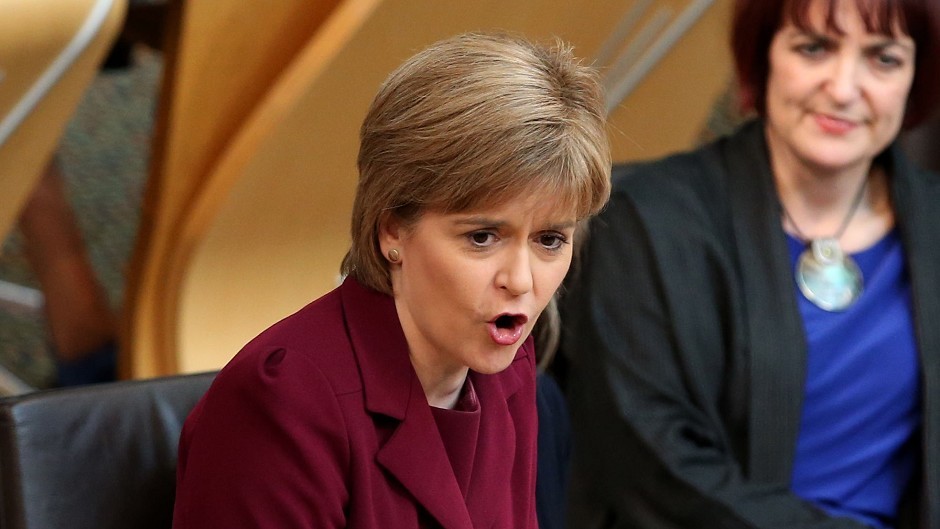Labour has accused the SNP of basing the central part of its general election campaign on fiddled figures.
Scottish deputy leader Kezia Dugdale said while the nationalist want full fiscal autonomy, economic modelling produced by the Scottish Government failed to include money it would lose from London via withe scrapping of the Barnett formula.
“The SNP’s economic credibility is in tatters,” she said.
Labour said Prof Brian Ashcroft, of the Fraser of Allander Institue at Strathclyde University described the government’s research as “partial at best and dishonest at worst” and an example of the “politicisation of the Scottish civil service”.
Impartial experts with the Scottish Parliament Information Centre (SPICe) said the government’s analysis of full fiscal autonomy – where Scotland raises what it spends – did not appear to take into account that the economy would start from a different point. This meant either the government had included Barnett in its modelling, or failed to explain what cuts, tax cuts or extra borrowing was needed.
Labour claims voters “must be told the truth”. If has now written to Sir Andrew Dilnot, chairman of the UK Statistics Authority, drawing his attention to “what appears to be a significant breach” of the authority’s code of practice by the Scottish Government.
Ms Dugdale challenged First Minister Nicola Sturgeon yesterday claiming that without the block grant Scotland would be £7.6billion worse off.
“It’s clear that when the numbers don’t add, this first minister makes them up anyway,” she said.
Ms Sturgeon branded the attack as “desperate stuff from a dying Scottish Labour Party” as she again stated that economic modelling in the Government’s research “doesn’t simulate the continuation of the Barnett formula”.
“I know Labour’s position is that they think the best way to protect Scotland’s public finances is to continue to allow Westminster governments, including Tory governments, to run those finances,” she said.
“But the experience of that for Scotland over the past few years has not been a particularly good one because the Westminster government has cut the budget of this Scottish Government by 10% in real terms.”
